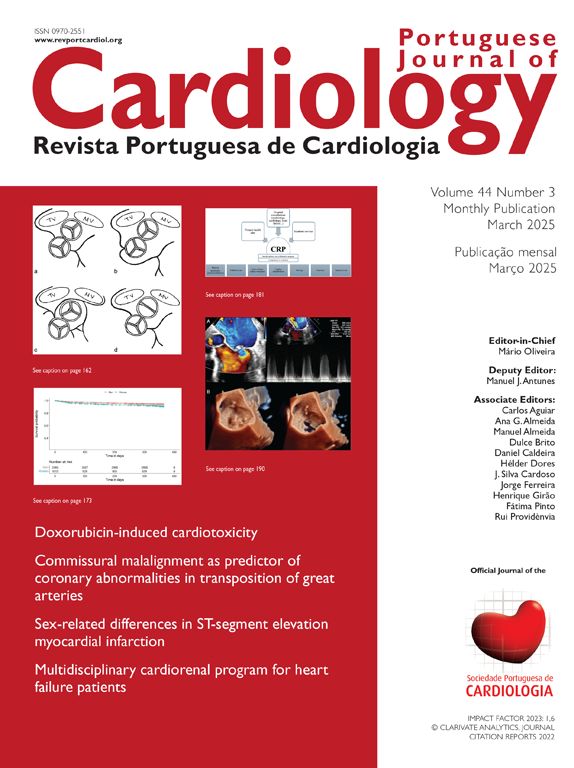Percutaneous coronary intervention (PCI) is the most commonly used revascularization modality for obstructive coronary artery disease and up to 20% of patients undergoing PCI are estimated to have moderate to severe coronary calcification. Despite significant advances in PCI over the past decades, severe coronary calcification remains a challenge for successful PCI, even in a contemporary era. Severe coronary calcification has been associated with both early and late adverse clinical outcomes including death, through 5–10 years following PCI, despite the use of new-generation drug-eluting stents (DES).
The advent of intravascular imaging has provided insights into the mechanisms of stent failure and highlighted the importance of optimal lesion preparation prior to stent implantation. Multiple technologies including noncompliant, super-high pressure and specialty (cutting, scoring) balloons, atheroablative technologies (laser, rotational [RA], orbital [OA] atherectomy) and more recently, intravascular lithotripsy (IVL), have been developed to modify calcified plaque, facilitate PCI success, optimize stent implantation and improve subsequent clinical outcomes. Regrettably, there are few prospective randomized trials comparing the relative safety, and effectiveness and potential synergies of these technologies and our current understanding of where each device fits within the “calcium toolbox” rests largely on retrospective, observational analyses and across trial comparisons.1
The principal indication for RA is modification of severely calcified de novo coronary stenoses which are uncrossable and/or unlikely to expand adequately with balloon angioplasty (BA) to allow for complete stent expansion. Ritchie et al. were the first to treat obstructive coronary disease using RA in 1987, approximately 38 years ago.2
Over this long period, RA has matured as a tool for management of calcified coronary lesions, with additional advances in design accompanying the new RotaPro system (2018, RA, RotaPro, Boston Scientific Inc., Watertown, Mass), that employs a diamond encrusted elliptical burr (available in 1.25, 1.5, 1.75 and 2.0 mm sizes), designed to travel over a specifically designed guidewire (RotaWire), which incorporates a 0.009″ inch shaft with a 0.014″ inch platinum coil tip. The burr rotates at 140–180,000 rpm and ablates plaque based on the premise of differential/preferential cutting of inelastic tissue. Fibrocalcific tissue is pulverized into 5–10 μm microparticles that pass through the coronary microcirculation and are removed by the reticuloendothelial system.
The initial focus of RA was on the possibility of reducing baurotrauma of BA and consequently restenosis, which became of interest to several researcher's hypotheses, that have not yet been proven. The emphasis of the use of RA has shifted over the years from plaque debulking to plaque modification to facilitate BA and stent expansion.1 The transition in the approach has been driven by the results of the Study to Determine Rotablator and Transluminal Angioplasty Strategy (STRATAS) and Coronary Angioplasty and Rotablator Atherectomy Trial (CARAT) clinical trials. These trials showed that an aggressive strategy with large burrs (burr/artery ratio >0.7) to achieve maximum debulking as a lesion debulking strategy was associated with higher rates of angiographic complications, TLR and peri-procedural creatine kinase-myocardial band (CK-MB) release compared with use of smaller burrs (burr/artery ratio ≤0.7), without any clinical advantages in terms of procedural success or gain in luminal diameter. This change in approach enabled the use of smaller burrs, guide catheters and sheaths without compromising clinical efficacy.
Furthermore, RA has consistently shown excellent procedural results, although it is unclear whether they translate into long-term benefit, as the contemporary RA trials were underpowered to detect differences in such outcomes.
However, the risk of severe procedural-related complications is the biggest concern for RA. Higher rates of coronary perforation, in-hospital death, cardiac tamponade, and emergency surgery have been reported. Multiple studies have shown that the incidence of major RA-associated complications is inversely proportional to the operator atherectomy procedural volume and directly related to larger burr size.
In this issue of the Journal, Griné et al.3 report on their twelve-year experience with RA and explore, retrospectively, the trends and outcomes of PCI with RA at a single center, for allcomers, between January 2009 and December 2020: 410 procedures in 388 patients were included. Mean age was 72 years, 74.0% were male, with high-risk demographic and clinical presentation: more than a half had diabetes, and more than one third had presented with acute coronary syndrome (ACS) and multivessel disease. There was a significant temporal trend increase in median SYNTAX score and the proportion of type B2/C lesions. Transradial access was preferred with a growing trend over time. Maximum burr size was <1.75 mm in 88.0% of cases. The angiographic success rate was consistently high. Complications were recorded in 9.0% of procedures, with decline over time; the most common complication was coronary dissection, managed with additional coronary stenting. It came as no surprise that ACS at presentation and bailout RA were identified as predictors of peri-procedural complications. At one-year, the major adverse events (MACE) rate was 12.1%, with no significant temporal changes. As expected, chronic kidney disease and multivessel disease were significantly associated with the occurrence of MACE during follow-up.
This research depicts RA as a safe and effective procedure with a high rate of angiographic success and few complications; the MACE incidence was acceptable considering the patient clinical risk and procedure angiographic complexity, which had also previously been reported in a study with data from the same center. This had occurred over time, in the context of higher trend in complex anatomic PCI scenarios, fewer and smaller burrs were used, smaller caliber sheaths, high pressure post-dilatation were undertaken more frequently, and the radial approach became the preferred access route, reflecting the temporal improvement in RA technical issues and center-operator experience, crucial to achieving the best RA short and long-term results.
The reported RA-PCI rate of 2.8% falls within the 1–3% range reported in national and international registries. The highest ratio of RA-PCI was observed in 2011–2012, following guidelines that gave rotablation a Class I recommendation. There was a decrease in RA-PCI use after 2012, in line with the ROTAXUS trial results. This trial failed to show that an RA-based strategy was superior to standard therapy before DES implantation.4 The RA rate is increasing again, particularly after two significant events: The publication of the European Experts Consensus5 and the PREPARE-CALC trial (Comparison of Strategies to Prepare Severely Calcified Coronary Lesions).6
It is worth highlighting than a third of patients have ACS, and it is of note that 6.2% have ST elevation myocardial infarction, a clinical scenario in which atherectomy is considered with a relatively higher long-term MACE rate compared to RA-PCI in routine cases.
Two additional aspects in the analysis and discussion of Griné et al.’s study is the apparently excessively high number of balloon predilation (87.6%), which may imply non-first intention RA and non-subocclusive/occlusive disease. It would also be interesting to reflect on the low rate of intravascular imaging use, which plays a critical role in determining the severity and distribution of coronary calcification and in the selection of optimal therapeutic modalities for calcium modification during PCI; to guide the intervention, as well as the use of post-dilation (an average of only 68.3%), which may reflect this key point of low imaging usage, especially after RA and stenting.
Moreover, the use of other PCI techniques (e.g. IVL, OA and calcium modifier ballons) in the approach to calcified disease may have been used but have not been described. This is of importance, since combined (sequential) use of ablative technologies (RA or OA) followed by IVL appears to be most common practice nowadays, and algorithms for calcium evaluation and modification during the course of coronary revascularization, which incorporates multiple modalities have been provided based on calcification distribution (arch, length, thickness, index volume, nodules), assessed by intracoronary imaging and the technical characteristics of the arsenal of available devices.7
The most severe and diffusely calcified vessels may be best addressed through the sequential use of two or more calcium-modifying technologies to optimize stent expansion and minimal section area, which are key determinants of post-PCI clinical outcomes.8 Following approval, coronary IVL use rapidly increased, while utilization of RA and OA declined. The combined use of atherectomy plus IVL is now greatest for RA.
Unfortunately, the few randomized, comparative studies of calcium-modifying technologies are underpowered to assess meaningful clinical outcomes.9 Studies available to date suggest that after RA, cutting balloon dilatation offers no benefit compared with noncompliant balloon dilatation with respect to subsequent MSA.10 Similarly, smaller comparative mechanistic studies using systematic intravascular imaging suggest that a single 1.5 mm RA burr may have greater atheroablative impact than OA.11
Finally, it would be noteworthy to undertake a national multicenter study, combining the experience from other high-volume centers, to carry out a more comprehensive analysis that better reflects the national reality in the treatment of coronary artery disease calcified by PCI.
Conflicts of interestThe author has no conflicts of interest to declare.



